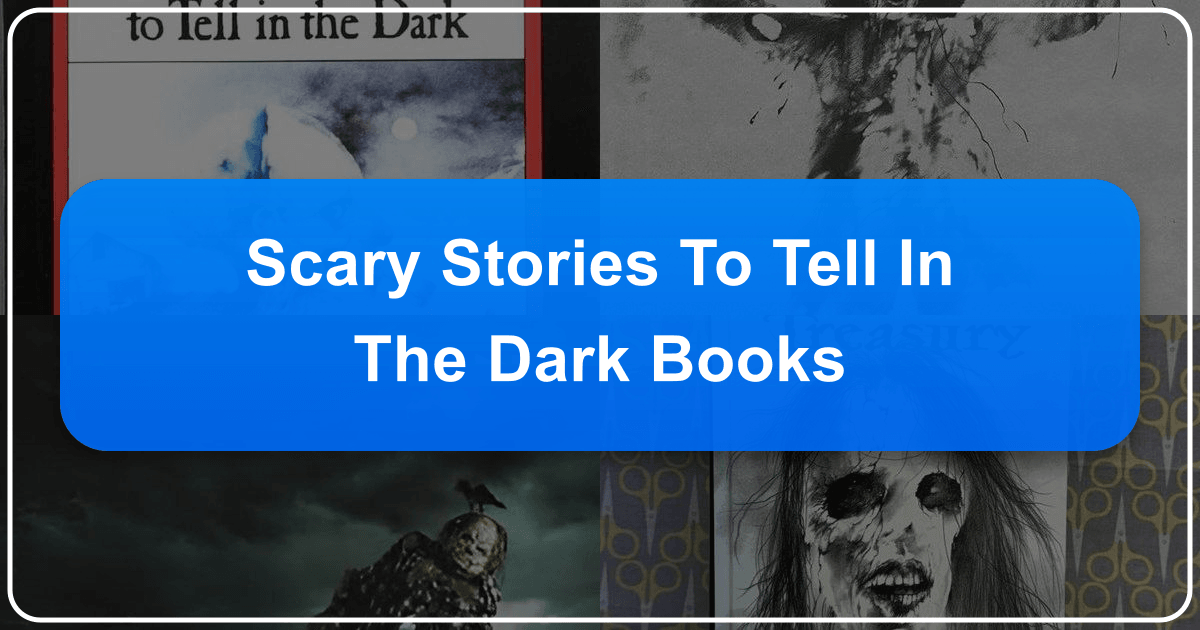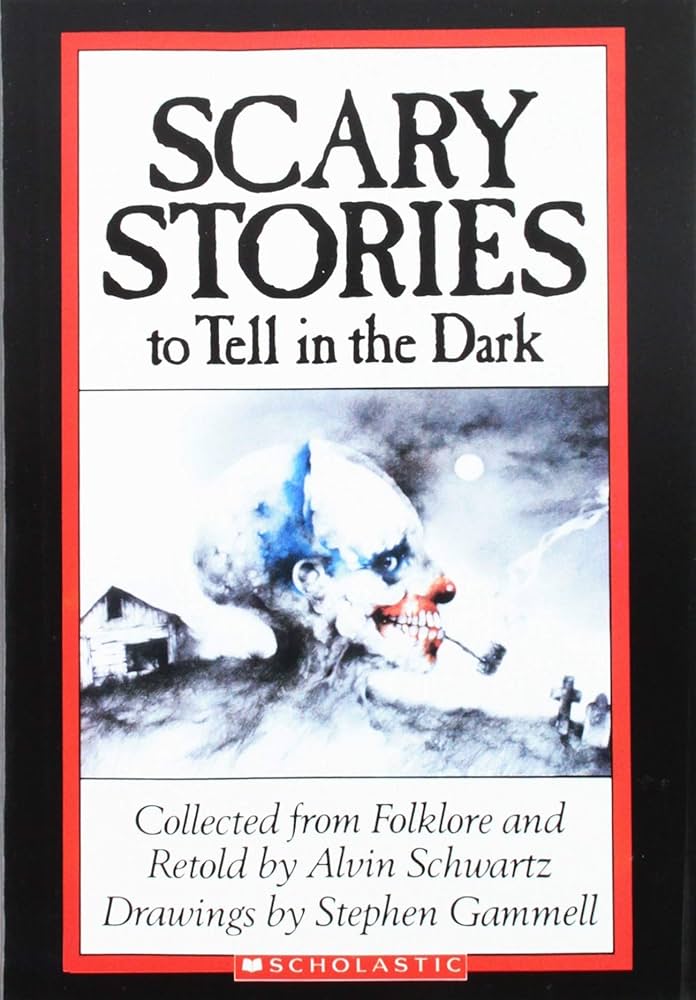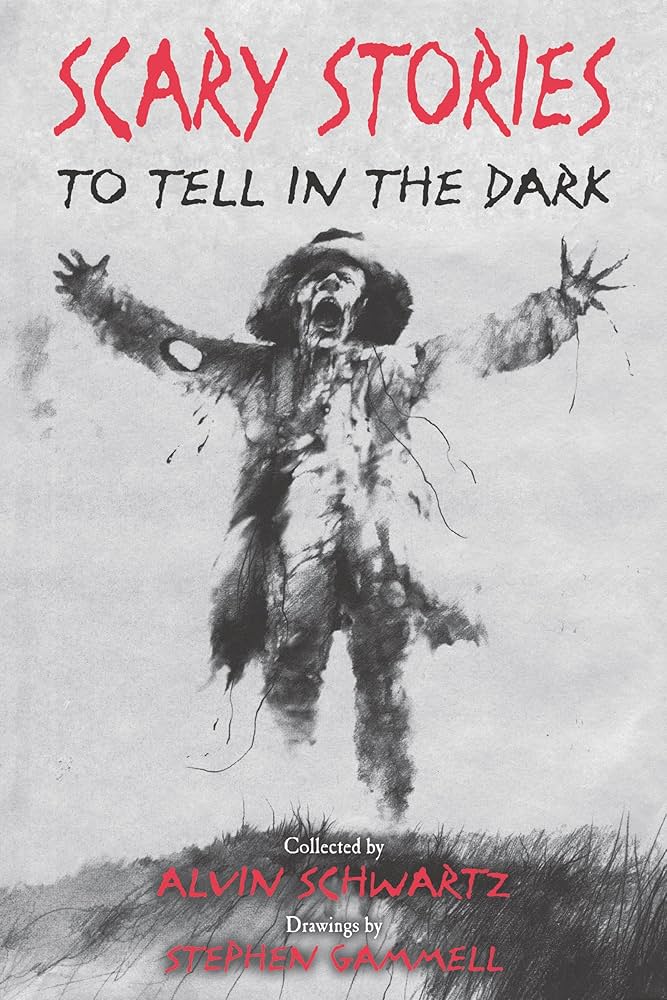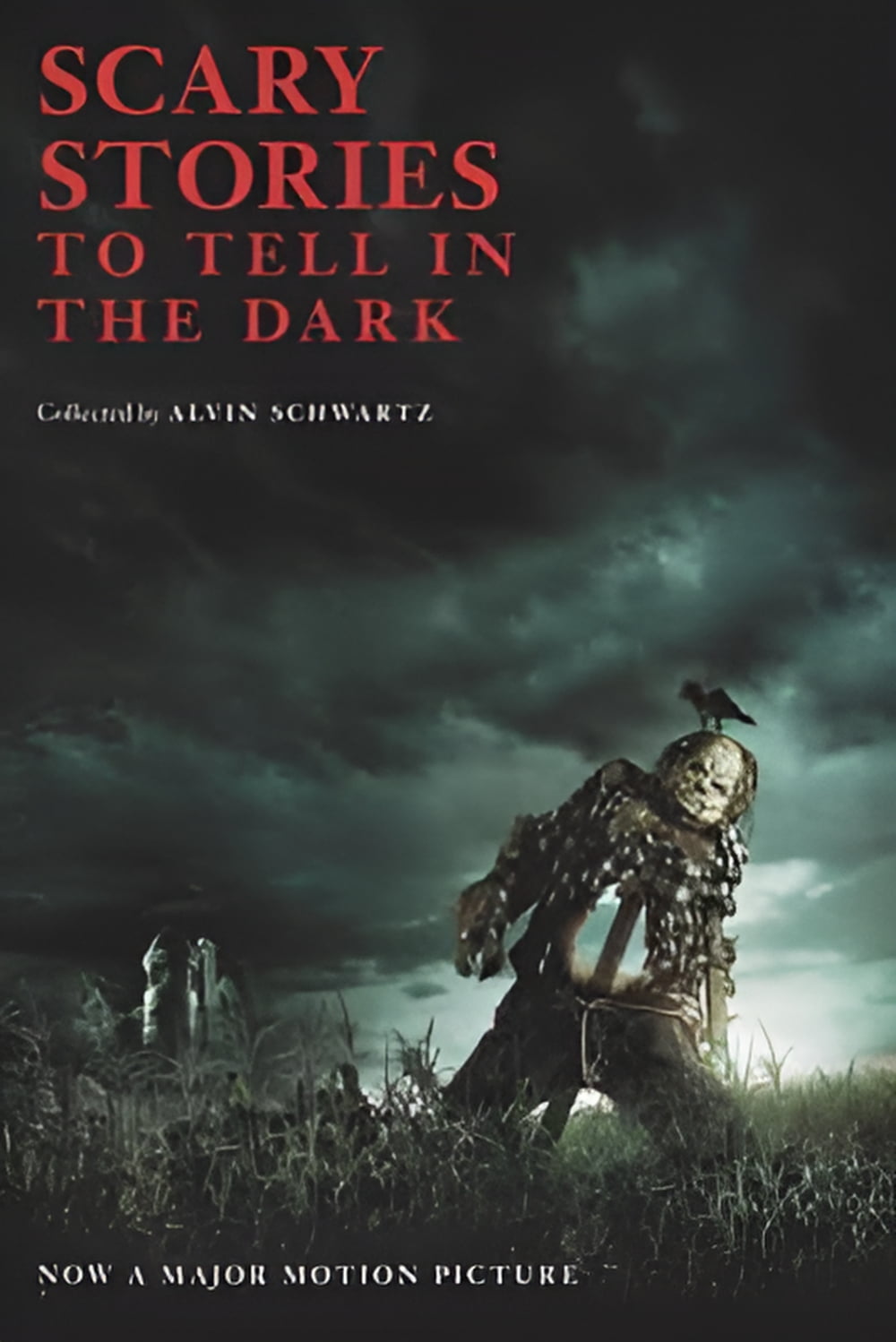Scary Stories to Tell in the Dark: A Deep Dive into the Phenomenon

The Scary Stories to Tell in the Dark book series, penned by Alvin Schwartz and illustrated by Stephen Gammell, has transcended its initial publication to become a cultural phenomenon. More than just a collection of spooky tales, the series has captivated generations of readers, sparking both fascination and controversy. This exploration delves into the various aspects of the Scary Stories phenomenon, examining its literary merit, cultural impact, and enduring legacy.
The Books: A Genre-Defining Collection
The Scary Stories to Tell in the Dark series consists of three main volumes: Scary Stories to Tell in the Dark, More Scary Stories to Tell in the Dark, and Scary Stories 3: More Tales to Chill Your Bones. These books are categorized under the horror genre, specifically targeting a young adult audience. However, their appeal extends far beyond this demographic, with many adults harboring fond (or terrifying) memories of encountering these stories during childhood.

The books’ success stems from a unique blend of elements. Schwartz, a folklorist, meticulously researched and adapted numerous traditional American ghost stories, urban legends, and folklore tales. These are not original creations but rather carefully curated selections, presenting a wide range of narratives from different regions and traditions. The stories themselves vary in length, some brief and impactful, others more elaborate, each capturing the essence of the supernatural and the eerie. The choice of stories, their concise presentation, and their diverse themes ensure the books remain engaging and unexpected.

Stephen Gammell’s Illustrative Masterpiece
However, it’s the artwork by Stephen Gammell that truly sets the Scary Stories series apart. Gammell’s illustrations are stark, grotesque, and undeniably unsettling. Drawn in black and white, they use a unique style blending a gritty realism with surreal, nightmarish imagery. The art is integral to the books’ power, amplifying the unsettling atmosphere and often surpassing the text in its ability to evoke fear. Gammell’s disturbing style is a significant factor in the books’ enduring impact and cultural recognition. It’s not an exaggeration to say that the art, as much as the stories themselves, has become iconic.

Alvin Schwartz: A Master of Folklore
Alvin Schwartz, the author of the Scary Stories books, was a dedicated folklorist. His work wasn’t solely focused on horror, but he had a deep understanding and appreciation of the power and resonance of traditional tales. For Scary Stories, Schwartz’s expertise was crucial in selecting tales that evoked a potent sense of unease and fear, while ensuring that the language remained accessible to a young audience.
His contribution goes beyond mere storytelling. Schwartz included extensive notes in the back of each book, providing context for each story, explaining its origins, variants, and cultural background. This academic rigor lent the books an additional layer of depth, grounding the supernatural elements in real-world folklore traditions. This aspect reveals his respect for the source material and highlights his dedication to presenting accurate and authentic storytelling.
Writing Style and Inspirations
Schwartz’s writing style is noteworthy for its simplicity and directness. He avoids elaborate descriptions or complex sentence structures. This simplicity allows the horror to come through with stark clarity, enhancing the impact of the tales. He skillfully avoids sentimentality or embellishment, leaving the reader to focus on the raw power of each story’s eerie events.
His inspiration was clearly drawn from a vast knowledge of American folklore. He drew from a diverse range of sources, ensuring the stories themselves are not homogenous, but offer a collection of variations on the themes of the supernatural and the unsettling. This breadth adds to the rich tapestry of horror presented.
Reading and Learning: More Than Just Scares
While the primary appeal of Scary Stories to Tell in the Dark is undoubtedly its horror content, the books also offer surprising educational and developmental value. The stories, rooted in folklore, subtly introduce readers to different cultural traditions, beliefs, and storytelling techniques. Each story is not simply a jump scare but a mini-lesson in the power of narrative.
Educational Value and Life Lessons
Beyond the cultural aspects, the stories often implicitly or explicitly carry moral or cautionary messages. Many tales warn against the dangers of disobedience, greed, or recklessness. These themes can provide opportunities for discussion and reflection, allowing parents or educators to engage with children about important life lessons in a context that is both engaging and memorable.
The reading experience itself has educational benefits. Many young readers might initially seek out Scary Stories for the thrilling horror content, but in doing so, they engage with the text, developing their reading comprehension and vocabulary. The brief, focused narratives of the book make them a good opportunity for building reading fluency and comprehension.
Impact on Reading Habits
The books’ impact on reading habits can be significant. For many, Scary Stories provided a gateway into the genre of horror, sparking a lifelong interest in the macabre. The series’ accessible language and diverse stories cater to those seeking something slightly darker and more intense than traditional children’s literature.
The accessibility also encourages repeated readings. The short stories can be revisited in different settings and emotional states. As readers mature, their understanding and interpretation of the stories’ themes and underlying messages can also change and evolve, resulting in a multi-layered reading experience.
Libraries and Archives: Preserving the Legacy
The Scary Stories series has found a significant home in libraries around the world. These books are widely available in both public and school libraries, cementing their place within children’s literature. Its controversial history—frequently appearing on lists of banned or challenged books—has paradoxically increased its visibility and appeal. Its inclusion in library collections continues the legacy of sharing these stories across generations.
The books’ cultural significance is also reflected in their preservation within archives. The original manuscripts and illustrations might be housed in special collections, serving as a testament to the series’ literary and artistic merit. These books have had such a lasting impact on so many, it’s natural that their source material would become of significant interest to library and archive preservationists.
Cultural Impact: Awards, Adaptations, and Communities
The Scary Stories to Tell in the Dark series has earned notable recognition for its unique contribution to the horror genre. While not receiving major literary awards, the books have garnered significant popularity and cultural influence. It has become such a recognizable title in the horror genre, many would consider it to be an award winner by association and recognition.
Literary Influence and Adaptations
The series’ influence on subsequent works of children’s horror is undeniable. Many authors have been inspired by Schwartz’s storytelling approach and Gammell’s unique illustrations. The series’ success has shown the viability of blending folklore with horror to cater to a young adult audience.
The books have also been adapted into a feature film, Scary Stories to Tell in the Dark (2019), expanding the series’ reach and accessibility. This film adaptation brought many who might not have read the books to the tales and art, further spreading the Scary Stories influence.
Communities and Fandom
The books have cultivated dedicated communities of fans. Online forums, social media groups, and other platforms provide spaces for readers to discuss the stories, share their childhood memories, and even create new content inspired by the series. This lasting community highlights the enduring connection readers have with the books and their impact far beyond a single read through.
This enduring fandom speaks to the powerful emotional response the Scary Stories series provokes, a testament to the lasting effect of these books and the way they shape our relationship with the themes of fear and wonder. The series’ enduring popularity speaks to its ability to capture a timeless element of human experience—our fascination with the macabre and our willingness to confront our fears through the safety of a good story. Its ability to reach readers across generations is a reflection of this shared experience.
In conclusion, the Scary Stories to Tell in the Dark series is more than a collection of spooky tales. It’s a multifaceted cultural phenomenon that exemplifies the power of folklore, the impact of illustration, and the enduring appeal of confronting our fears through storytelling. Its continued presence in libraries, its adaptation into film, and the dedicated communities it has fostered all contribute to its lasting legacy in the world of horror and children’s literature.